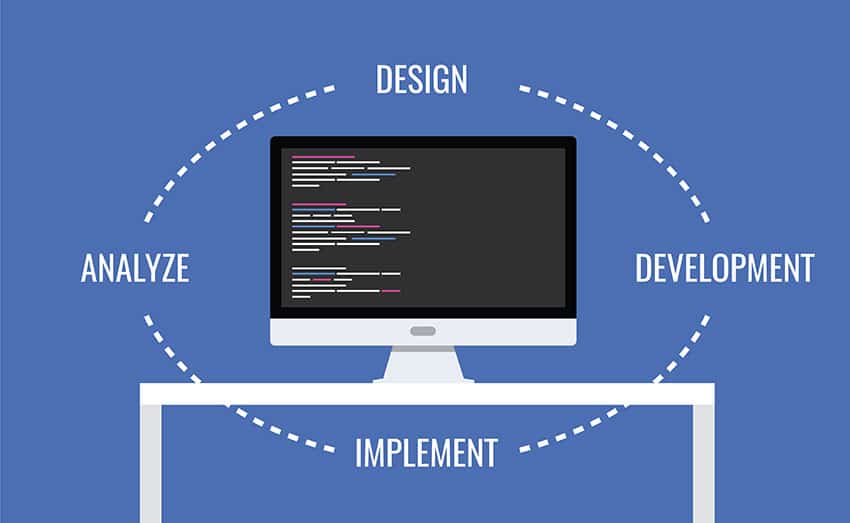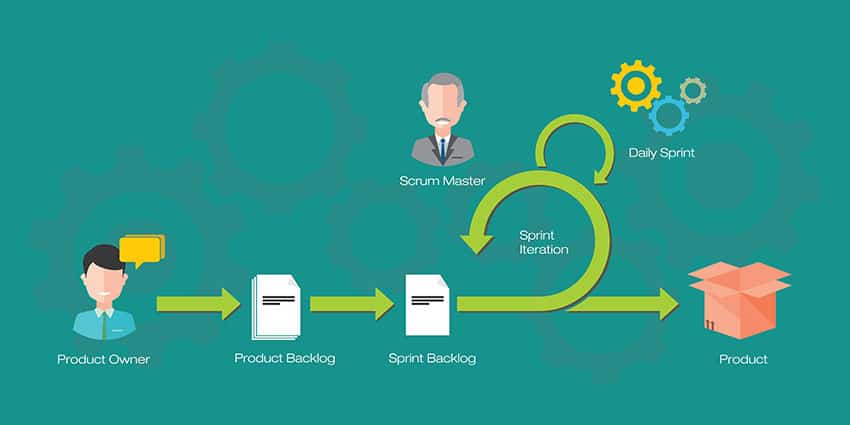While lean management philosophy maintains a specific number of tenets, there’s always a new must-have tool being released that touts the benefits of making lean more manageable.
But as a lean leader, it’s tough to keep up with all the advancements, new software and latest buzz around this management methodology. Where does a busy manager even begin?
And how many of these tools are hype, and how many of these benefits are actually real? We round up a handful of helpful lean methods that will get you started without wasting too much time hunting down the right fit for your needs.
Value-Stream Mapping
As we know, visualizing workflows and processes is integral to lean management and implementing kanban into an organization. The concept of value-stream mapping is another way to visualize one of your company’s most important workflows: the production process. As the name suggests, lean leaders map the flow of production in order to highlight areas for improvement. And managers can really reap the benefits with VSM: this tool can often help you discover inefficiencies in this crucial workflow and helps you compile a game plan to make improvements by envisioning a future state for your production process.
Takt Time
If you’ve been in the lean management game for a while, you’ve likely heard this term tossed around before. This key performance indicator is a much more valuable way to measure efficiency in your organization rather than simply relying on financial indicators (i.e. profit margins and/or revenue). Takt time measures the pace of production, regardless of your industry (it could be the time to create and send off a physical widget or delivering a service). Taking a hard look at Takt time can help your organization better align its production process with the demand of your customers, and is a simple way to stretch your team and incrementally improve production (like setting a goal to create 12 widgets every 2 hours rather than 10 widgets every 2 hours).
Root Cause Analysis
This is another method of problem solving brought to use via lean management. And the idea behind this concept makes a lot of common sense. The idea is to analyze an issue and work to address the root cause as opposed to simply coming up with a short-term solution. The benefits to this deeper-level analysis are fairly obvious: RCA works to ensure problems are truly eliminated and won’t simply crop up again later due to short-term thinking.
Gemba (The Real Place)
This philosophy is a great reminder for managers to regularly step outside of their safe office space and get into the action of the plant floor (or into the office area where the work is actually produced). Frequently interacting with front-line workers where the action happens helps leaders achieve a better understanding of all facets of the business and make first-hand observations that could lead to future improvements.






